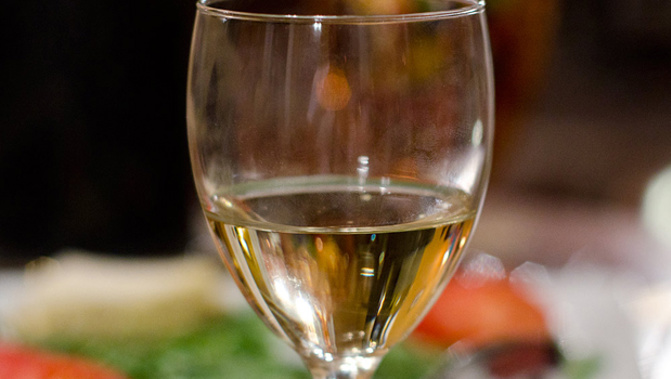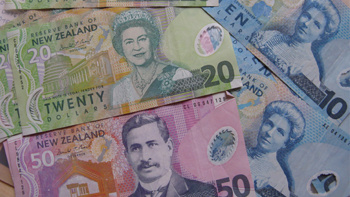
A Central Otago wine company is trying to change perceptions of "bottle and bag" wine as it switches to box packaging.
Bannockburn Wines has made the shift to cardboard boxes to reduce CO2 emissions through the transport and remanufacturing of glass bottles.
Co-founder James Dicey told Summer Breakfast the perception of boxed wine depends on what's in the box and that Bannockburn was focused on providing a product that made the change in product packaging worth it.
"If it's a cheap form of alcohol that doesn't taste very great then you've got a point," he said. "But if it's a good quality wine, it's just a different packaging format and it's a great way of delivering a sustainable product to somebody, and something that will last a long time."
Dicey said the bag and box method was invented in Australia in the 1960s and companies put low-quality wines in the packaging, which created a negative public perception. ”The bag has a good ability to keep the wine for up to 18 months, it's just about getting people over the line that you can have good quality wine in a bag and box scenario."
According to Dicey, 94 per cent of wine is consumed within 24 hours of purchase, so the bag and box products don't need to be designed for ageing, like the screwtop products.
Dicey said most people are happy to give new products a fair shout even if the presentation isn't what they expected.
"It's a hell of a conversation to have," he said.
"Most people are prepared to give it a go and as soon as you pour some high-quality, Central Otago pinot noir out of a bag and box with some slick packaging, it converts people."
Bannockburn is producing pinot noir and rosé in bag-and-box packaging.
Dicey explained up to 40 per cent of carbon encapsulated in wine is in the glass and transport of the wine to the consumer. While glass is instantly recyclable, New Zealand has a dire history of following through the recycling process.
"For example, all of our glass in Central Otago is [spread] as part of the aggregate that goes on the road: it's reused but it's not recycled," he said.
Remanufacturing glass also takes significant energy, Dicey said, and transporting glass was also inefficient because of the empty space around boxed bottles.
Wine in glass bottles uses five times more carbon than boxed wine, he said.
"And [boxed wine] tastes just as good as what's in a glass bottle, that was one of the key drivers of the decision to go down this pathway."
Take your Radio, Podcasts and Music with you









